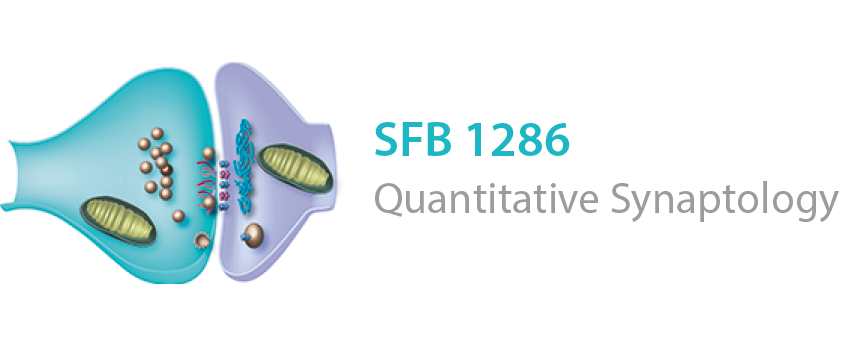Andreas Janshoff
Synaptic transmission relies on a dedicated protein machinery that functions in concert to mediate all aspects of neurotransmission. Synapse subtypes differ from one another in structural and functional aspects, and they change continuously during development, plasticity and disease. To understand how the synaptic proteome is changed in different synapses, and in different activity states, we will rely the combination of proximity biotinylation methods with genetic manipulations in mouse models.



